 The Bent Pyramid |
|
|
NOW FOR THE FIRST TIME: The Bent pyramid is a fascinating structure which raises as many questions as it answers about the evolution of the pyramid. Mysteriously, this pyramid started at one angle (approx. 52 degrees) and then suddenly changes to a more gradual angle of 43 degrees. This odd arrangement provides this pyramid with a distinctive and unique appearance. There are several possible reasons for this change in angle. Currently, the most widely accepted theory is that King Sneferu realized that if he were to continue the pyramid at its initial angle, it would rise to a height which would require a tremendous amount of material and labor. Another theory holds that the original angle resulted in displacement of many blocks and cracking of the blocks that lined the chambers and passageways. This theory continues that the gentler angle was employed to reduce the amount of weight to be added above these chambers and passageways.
This pyramid boasts of the most intact casing of any pyramid in Egypt. Although parts of
the casing are crumbling away, this pyramid gives the best idea of the sparkling
brilliance that the pyramids of Egypt had before their casings were stripped away. Mostly
these casings were removed and the limestone from the casings were used to build many
other structures in Egypt. |
|
|
|
|
|
|
|
|
|
|
|
The south side contains the smaller subsidiary pyramid which was possibly intended for the kings wife, Queen Heterpheres. Other experts say that the subsidiary pyramids served other purposes and so far their true purpose remains elusive. |
|
|
|
|
|
|
|
| This smaller auxiliary pyramid still retains some of its original limestone casing at the base. The entrance is still approachable though one glance into this passageway reveals only sand and debris. Inside of this pyramid is a prototypical Grand Gallery, that is, a corbelled sloping chamber that leads to the main chamber. This design innovation demonstrates the evolution of pyramids in the Old Kingdom as this concept would later appear in grander form in the Great Pyramid. | |
|
|
|
|
|
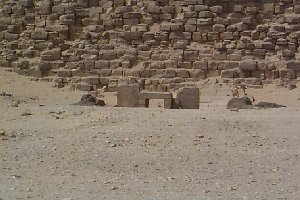 |
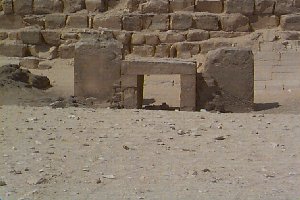 |
|
|
In front of the pyramid at the center of its east side lies the remains of the Mortuary
temple of Sneferu. This temple is flanked by the remains of two large stelae which no
longer bear any inscription. |
|
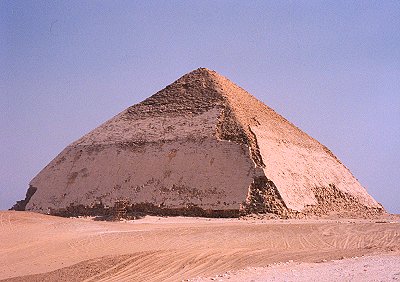
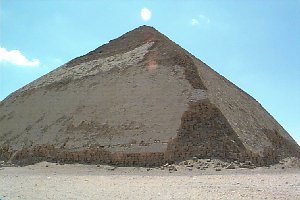
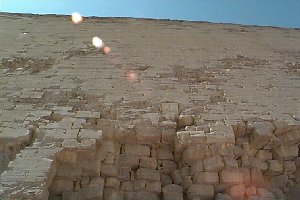
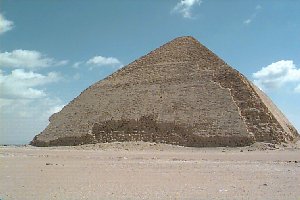
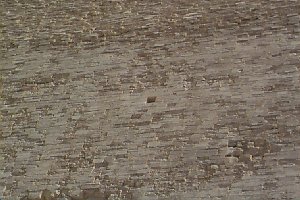
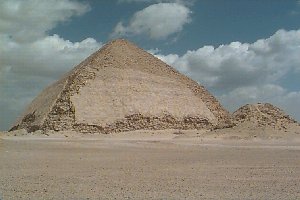
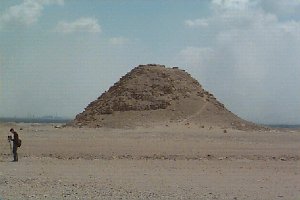
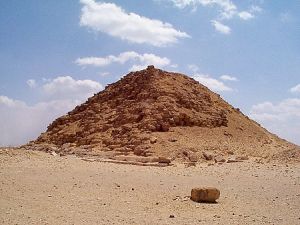
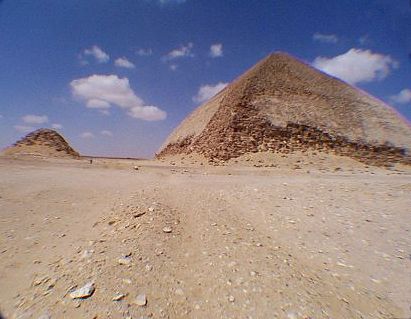
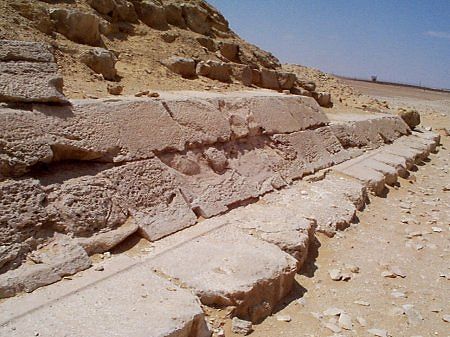
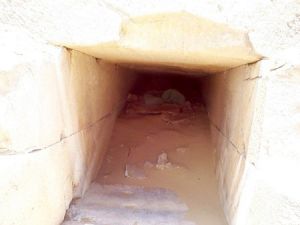
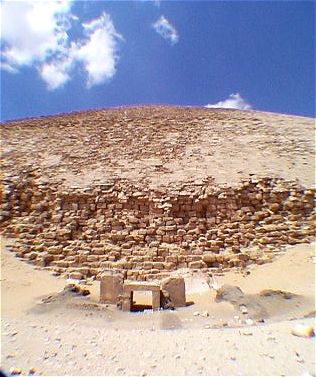
 RETURN TO Guardian's Egypt - Main Gate
RETURN TO Guardian's Egypt - Main Gate